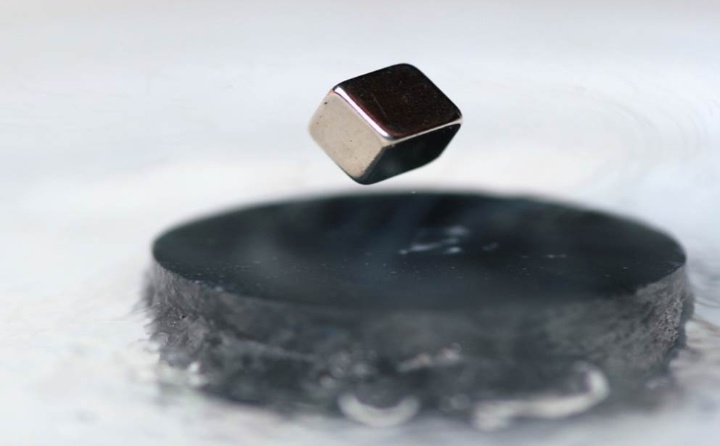Research Topics at PI1
- Fundamental questions such as quantum correlations in tailored matter, quantum phase transitions, superconductivity, Dirac- and Weyl-semimetals
- Low-energy electrodynamics of correlated electron systems
- Interplay of charge, spin, orbital and structural degrees of freedom, in particular close to charge and magnetic frustration.
- Quantum spin liquids and quantum electric dipoles in frustrated geometries
- Ordering phenomena in low-dimensional organic conductors, in particular charge order and electronic ferroelectricity, charge-order-driven superconductivity.
- Optical properties of metallic nanostructures.
- Fundamental questions such as quantum correlations in tailored matter, quantum phase transitions, superconductivity, Dirac- and Weyl-semimetals
- Low-energy electrodynamics of correlated electron systems
- Interplay of charge, spin, orbital and structural degrees of freedom, in particular close to charge and magnetic frustration.
- Quantum spin liquids and quantum electric dipoles in frustrated geometries
- Ordering phenomena in low-dimensional organic conductors, in particular charge order and electronic ferroelectricity, charge-order-driven superconductivity.
- Optical properties of metallic nanostructures.
Contact: M. Dressel
Weyl and Dirac semimetals posses three-dimensional linearly dispersing electronic bands with crossings near the Fermi level. The low-energy excitations of these systems (i.e. Weyl or Dirac fermions) are described by relativistic Weyl or Dirac equations, rather than by conventional Schrodinger equation used for parabolic bands. At PI1, we investigate the optical response of Weyl and Dirac semimetals at terahertz and infrared frequencies in order to probe the low-energy dynamics of Weyl and Dirac fermions in solids.
Contact: A. Pronin
Molecular solids provide the opportunity to tailor a material with desired properties: by selecting and varying the building blocks and arrangement the targeted functionality can be achieved. Among them organic conductors are ideal model systems to investigate unconventional phenomena emerging from strong electron-electron interactions, including charge-ordered and Mott insulators, quantum spin liquids, unconventional superconductors, Fermi liquids and the effects of low dimensionality, such as the Luttinger liquid.
The low energy scales allow us to cover the entire phase diagram with comparably small temperature and pressure scales.
Contact: M. Dressel
The subject of nanoscience is the preparation and investigation of structures well below one micron. The macroscopic properties of materials strongly alter, when the size is significantly reduced. Nanostructures are also very interesting in optics. Especially for metal-dielectric nanostructures with "unit cells" much smaller than the wavelength a large number of unexpected new phenomena are predicted like superlensing and cloaking. It is expected that with these so called Metamaterials new photonic devices with freely tuneable permittivity and permeability can be built. These theoretical approaches rely on the assumption of idealized effective optical parameters.
Contact: N.N.
Open Positions for PhD Thesis
You are welcome to join our research team as a PhD Student!
Our Successful PhD Candidates
Chronological list of completed PhD theses at PI1 and Links to OPUS - Online Publications of the University of Stuttgart
Research Methods
Optical Spectroscopy: Ellipsometry (nir, vis uv), Fourier transform infrared (FTIR) spectroscopy, Coherent source THz time domain spectroscopy, Coherent source THz frequency domain spectroscopy, Dielectric spectroscopy, Microwave Cavities (GHz), Broadband microwave spectroscopy (MHz, GHz)
Magnetic Techniques: SQUID, ESR spectroscopy, DC Magnetoresistance and High-pressure Resistivity Measurements
Development of New Techniques: THz Micro-Spectrometer, Broadband microwave spectrometer
Sample Preparation and Characterization, Surface characterization: High pressure methods, LEED, dc resistivity, Crystal growth, Microscopy

Martin Dressel
Prof. Dr. rer. nat.Head of Institute

Artem Pronin
PD Dr.Optical studies of topological materials







